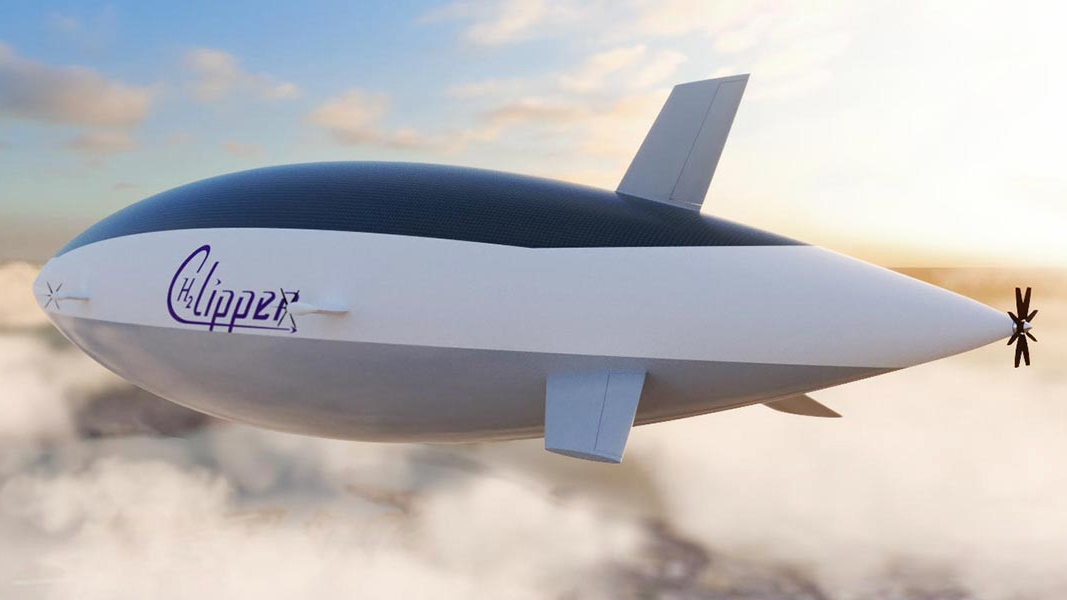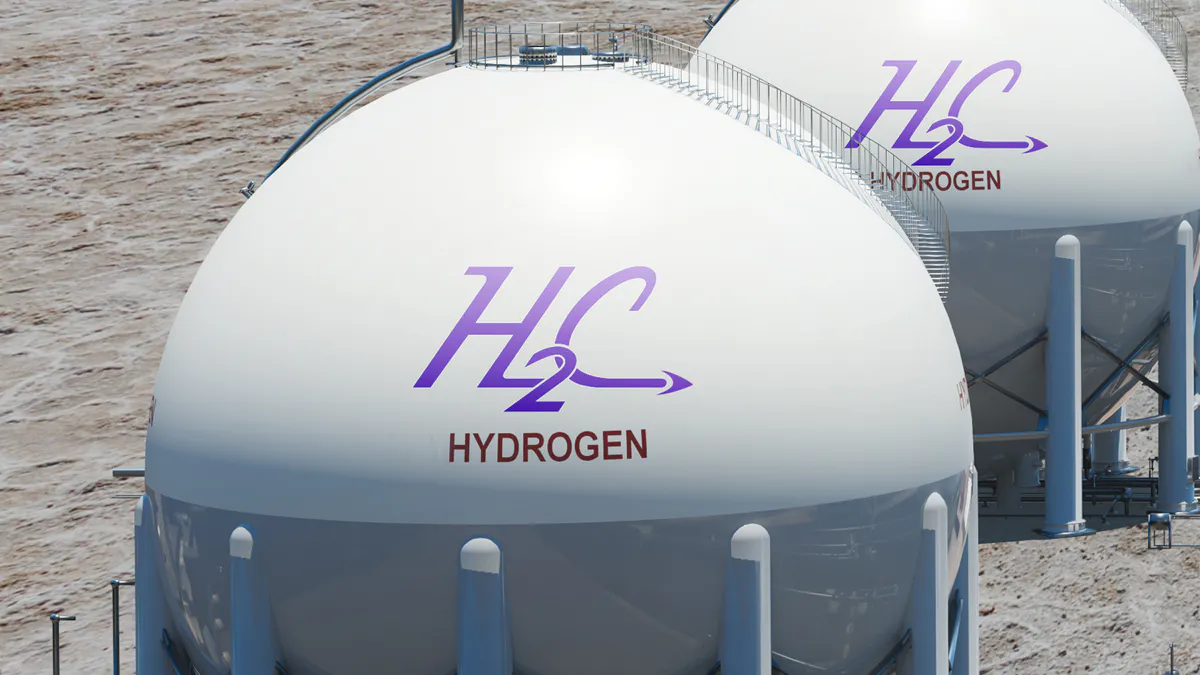Imagine giant airships carrying clean hydrogen fuel across the world! That’s the idea behind H2 Clipper, a next-generation airship being designed by H2 Clipper Inc.
Airships were all the rage in the 1930s, but then the Hindenburg disaster put a damper on things. Now, airship technology is having a bit of a comeback, with many companies developing large cargo-carrying models.

Airships have some big advantages over airplanes. They don’t need constant energy to stay afloat, which means they can use all their power to move. They can also hover for long periods and don’t need big runways to take off and land. This makes them perfect for reaching remote areas or places with poor infrastructure. Plus, they can carry a lot of cargo very quickly and cheaply.
Hydrogen is a hot topic in the clean energy world. It’s safe, renewable, and can be used to power almost anything. The only emission from burning hydrogen is water vapor! The big challenge is transporting hydrogen from where it’s made to where it’s needed.
H2 Clipper Inc. thinks their giant hydrogen-carrying airships could be the answer. They say these “pipelines in the sky” could be 70% cheaper than traditional air freight. They could also carry double the amount of cargo and ten times the volume of traditional cargo planes! This could be a game-changer for transporting hydrogen fuel around the world.
The H2 Clipper is a next-generation airship designed to carry hydrogen fuel across the globe. If successful, it could revolutionize how we transport cargo. Here’s a glimpse into the plans for this giant airship. The company behind H2 Clipper is hoping to have a flying prototype by 2026! If all goes well, they could be commercially operational by 2029.

The H2 Clipper is designed to be a big, clean machine. It will be able to carry over 400,000 pounds of cargo, which is about the same amount as 35 shipping containers! It will also be super fast, traveling over 150 miles per hour. Most importantly, it will be clean. The H2 Clipper will use hydrogen fuel for both lift and propulsion, meaning it won’t produce any harmful emissions. The company says it will be much cheaper than traditional air cargo transport too, costing less than $0.32 per tonne/mile.
With proper care, the H2 Clipper is expected to stay in service for a very long time – maybe even 50 years! That’s much longer than most airplanes. While there are still some details to iron out, the H2 Clipper has the potential to be a game-changer in the world of cargo transport. Only time will tell if this futuristic airship will take flight!

